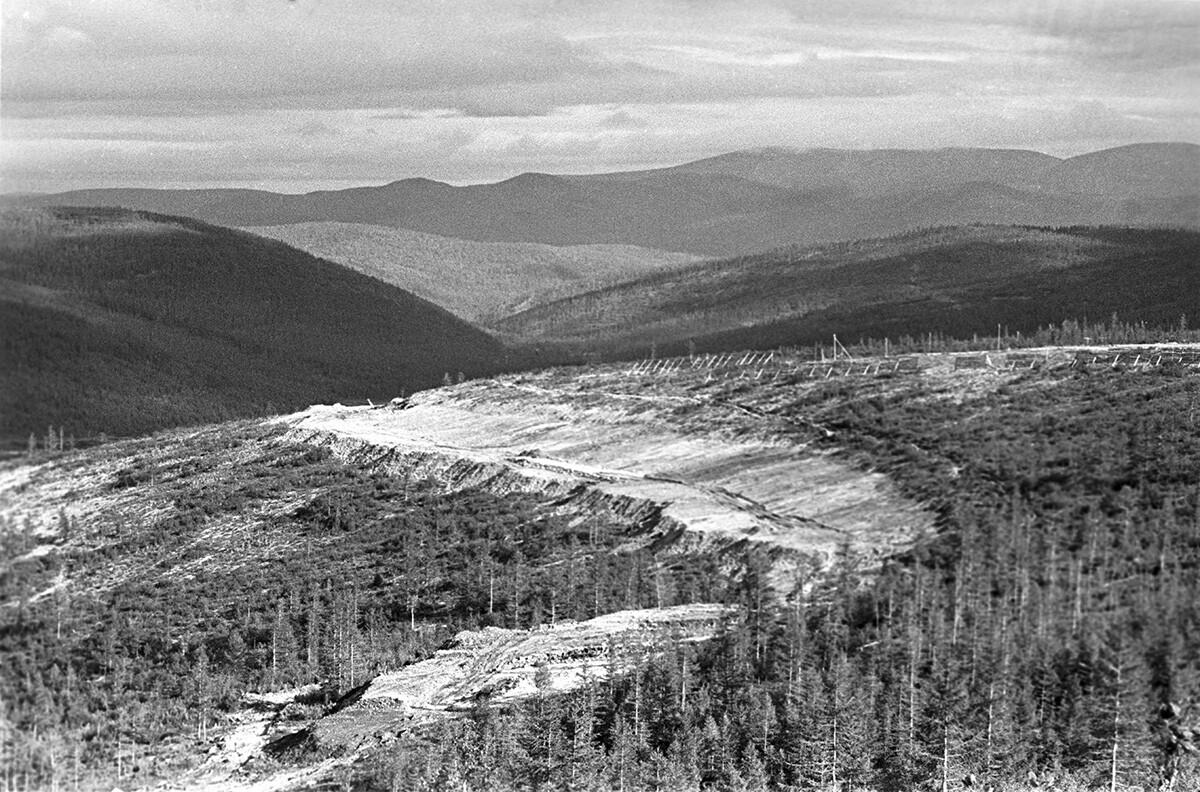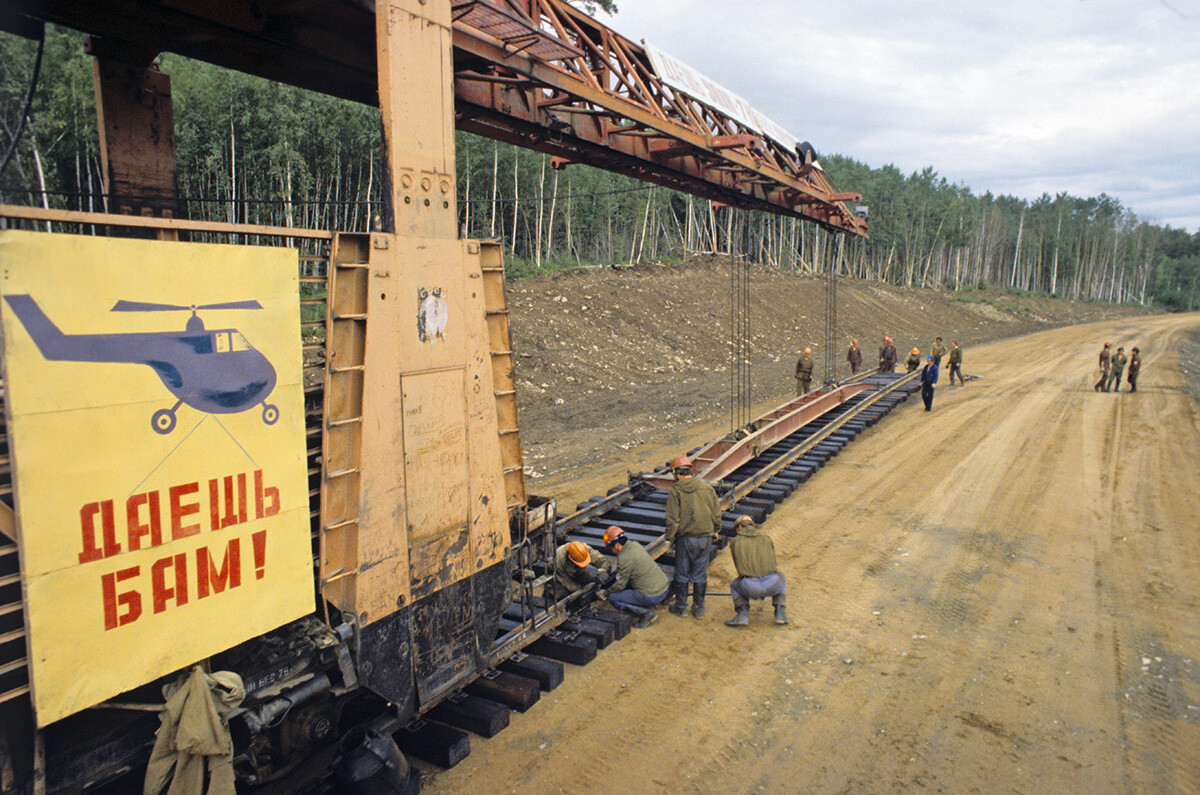
The 1920s saw them, however, return to this question. And, in 1938, the construction of the Baikal-Amur Mainline began, which was briefly and succinctly called the ‘BAM’. This year, it celebrates its 50th anniversary.
What do we know about it?

1. The first explorers of the territory, through which the railway was later laid, wrote that this land was "unsuitable for culture and cannot be considered as a reserve of land for settlement".

2. In 1932,a decision was made to build the railway anyway. The approaches to the railway and its first sections were built by ‘Bamlag’ (‘Baikal Amur Corrective Labor Camp’) prisoners.

In 1938, it was divided into six railway forced labor camps. In total, more than 150,000 prisoners worked on the BAM’s construction.
3. In the late 1930s, aerial photography was used to study the territory - the impenetrable taiga made it impossible to explore it from the ground.

4. Regular train traffic on the first section of the main line began in 1958. And, in 2003, the longest tunnel in Russia, Severomuysky Tunnel, which is 15.3 kilometers long, was opened on the BAM.

5. In 1974, the BAM was declared an All-Union Komsomol strike construction site - young people from all over the country went to work on the cyclopean Soviet project.

6. The BAM is considered one of the largest railways in the world. Its length is more than 4,300 kilometers, with a significant part of the road running through the permafrost zone.

7. It is also the most expensive Soviet project - its cost in the early 1990s amounted to almost 18 billion rubles.

8. The railway crosses 11 rivers, including the Angara, Lena, Vitim, Zeya, Selemdzha, Bureya and Olekma, as well as seven mountain ranges - Baikal, Kodar, Taran, Dusse-Alin, Muisky, Udokan and Sikhote-Alin.

9. The railway also passes through six regions of Russia; more than 4,000 bridges and about 300 stations have been built on its route.

10. The BAM rises to 1,323 meters above sea level, in order to gain access through the Mururinsky Pass.
Dear readers,
Our website and social media accounts are under threat of being restricted or banned, due to the current circumstances. So, to keep up with our latest content, simply do the following:
If using any of Russia Beyond's content, partly or in full, always provide an active hyperlink to the original material.
Subscribe
to our newsletter!
Get the week's best stories straight to your inbox